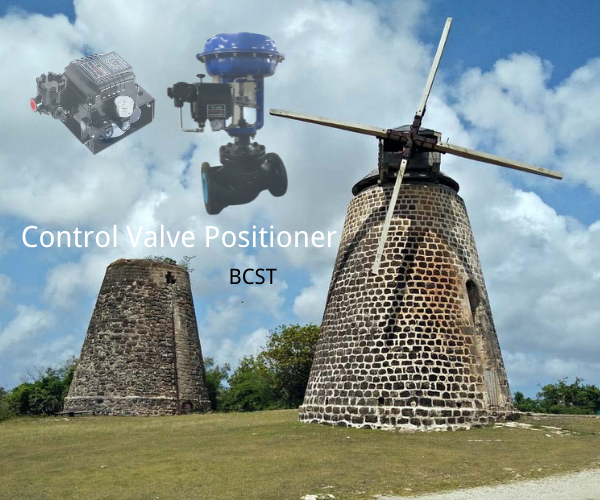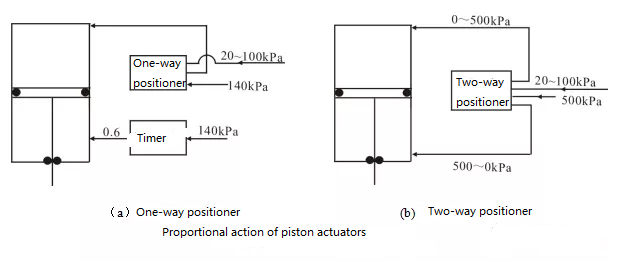
With the increasing degree of industrial automation, the control systems in the production process are constantly putting forward various unique requirements for the valves. Therefore, the valve positioner as the main accessory of the control valve is continuously being improved and upgraded. In this way, they can meet the needs of the production process.
The valve positioner increases the output power of the regulating valve. It can also reduce the transmission lag of the regulating signal. It speeds up the movement of the regulating valve stem. It effectively improves the linearity of the valve. It also overcomes the friction of the valve stem and eliminates the effects of unbalanced forces. It ensures the correct positioning of the regulating valve.
1. Why do I need a positioner for high-pressure media conditions?
When the regulating valve is used for high-pressure media, the packing gland is often pressed tighter to prevent fluid leakage from the stem packing. As a result, a sizeable static friction force is generated in the valve stem. It causes errors in stem travel. With a positioner, the valve can overcome these frictional forces. It also overcomes the effect of fluid imbalance forces. It also significantly improves the essential characteristics.
2. The role of the positioner under high differential pressure conditions
When the pressure difference Δp between the two ends of the regulating valve is greater than 1MPa, the medium produces a large unbalance force on the spool. This force will destroy the original working position. In addition, it causes a disturbing effect on the control system. Especially for single-seated regulating valves than for double-seated valves. With the use of a valve positioner, the output pressure can be increased. It can also increase the output force of the actuator as well as overcome the role of unbalance force.
3. Why use a positioner when the regulator is far away from the regulating valve, resulting in a lag in signal transmission?
The pneumatic signal pipe is extended when the regulator is far away from the valve. To overcome the signal transmission lag, we can increase the actuator’s speed of action. We can use an electro-pneumatic positioner. It allows the current signal from the regulator to be converted directly into a pneumatic signal to operate the regulating valve. It is much more effective than a relay when the distance between the regulator and the regulating valve is more than 60m.
4. In high or low-temperature conditions, or when the medium contains suspended solids, viscous fluids, fibrous tissue, easy coking, why should the valve be equipped with a positioner?
When the temperature is too high or too low, the friction between the valve stem and the packing increases. It causes a large error between the adjustment signal and the valve’s travel. However, with a positioner, the valve can overcome the effects of friction.
The positioner used for media containing solids in suspension, viscous fluids containing fibers, easy coking can overcome the greater resistance of these media to the movement of the valve stem.
5. Why do large diameter control valves need to be equipped with positioners?
When the regulating valve diameter DN is larger than 100mm, butterfly valve diameter is larger than 250mm, the spool is heavier. As a result, the spool section is large, and the volume of the actuator air chamber is also increasing. As a result, the response characteristics of the valve deteriorate. One way to improve the features is to use a valve positioner.
6. Why is a positioner necessary to achieve the proportional action of a piston actuator?
A piston actuator without spring balance is a two-position actuator. If it is not open, it is closed. A valve positioner is required to make this actuator have a proportional action. As shown in the diagram below, we can use either a one-way positioner or a two-way positioner.







